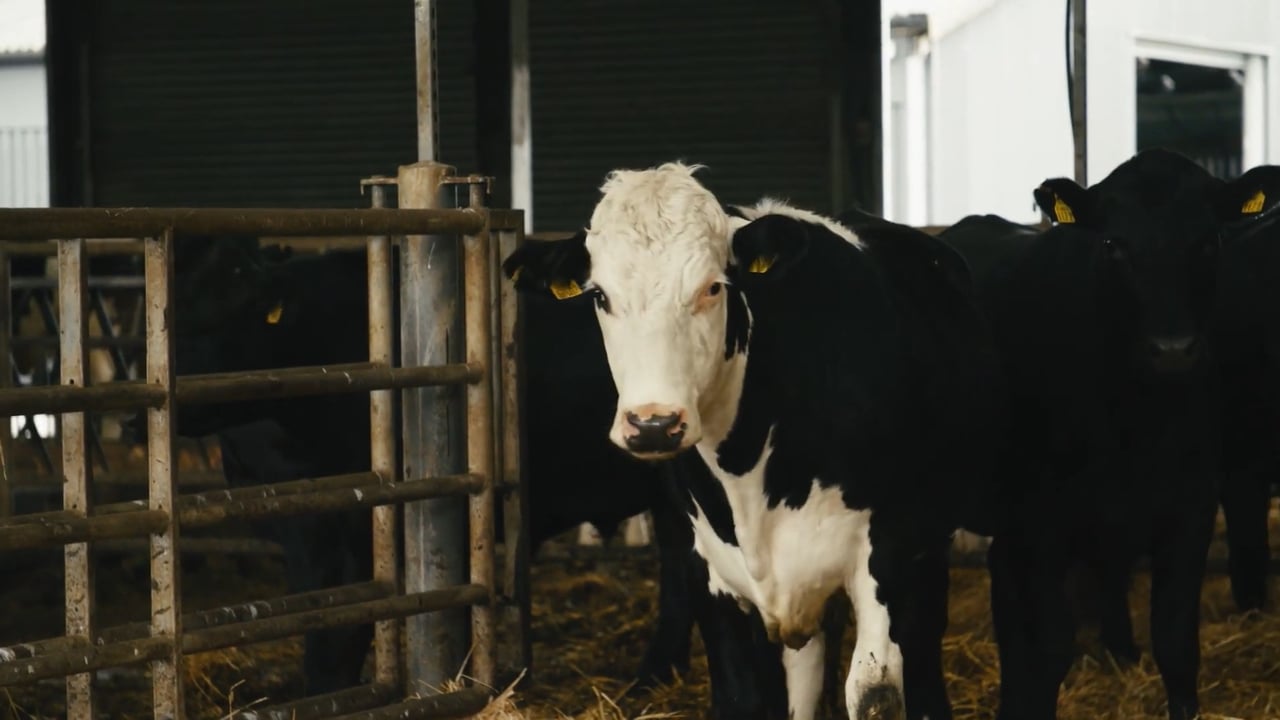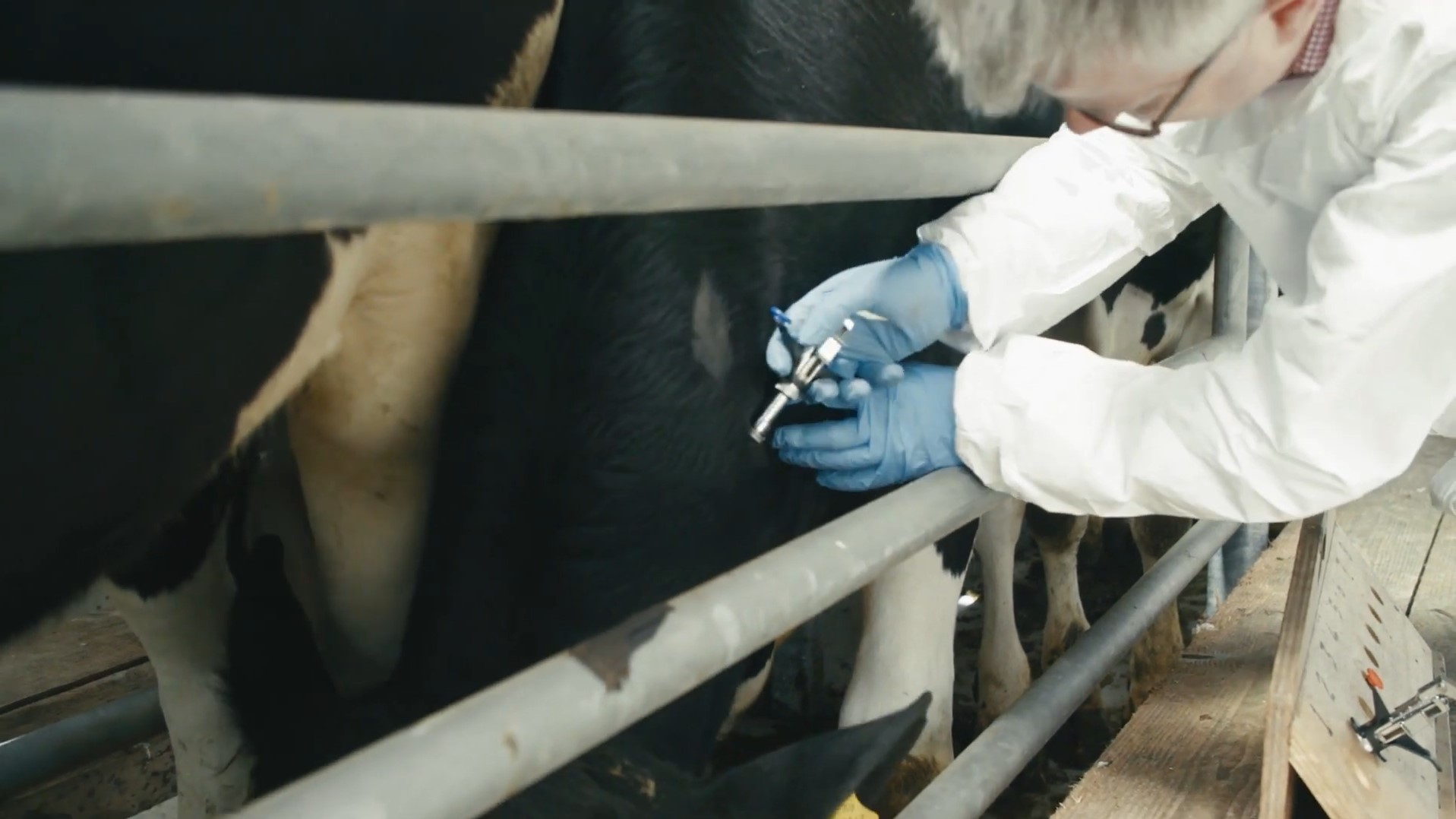DAFM TB Awareness Series


TB Awareness Series: Breeding for resistance to bovine tuberculosis
Agriland Media Group is delighted to collaborate with the Department of Agriculture, Food and the Marine, to bring you the TB Awareness Series.
Did you know that over 6,000 herds had a breakdown in the last year? One of the measures farmers can take to reduce the risk of TB entering their herd and protect their livelihoods, is by breeding for TB resistance.
All farmers know the difference genetic improvement has made to the national herd either through the use of the Economic Breeding Index (EBI) in dairy animals, or the Beef Eurostar, Dairy Beef Index (DBI) and Commercial Beef Value Index (CBV) in beef animals.
The progress made by the industry, led by the Irish Cattle Breeding Federation (ICBF) in increasing genetic gain over the last 20 years, has been one of the outstanding achievements of the agri sector.
The question arises: Can we harness genetics in combatting TB and increase the genetic resistance of our national herd to TB? The good news is, yes we can.
It is a measure of an animal’s ability to fight off infection due to its genetic makeup.
The ICBF provides breeding values for genetic resistance to TB to help dairy and beef farmers to maintain healthier cattle.
Just as genetics dictates how well an animal can produce milk or gain weight, farmers can now select bulls with reduced susceptibility to TB, which will transfer to their progeny. This provides farmers with an opportunity to proactively reduce their risk to TB.
Breeding values for genetic resistance to TB were launched by ICBF in 2019 to help dairy and beef farmers to maintain healthier cattle.
Each animal’s breeding value for resistance to TB is expressed as the predicted prevalence of TB in that animal’s progeny. Therefore, lower breeding values are more desirable.
E.g., a bull with a breeding value of 10% for resistance to TB is predicted to produce progeny where, on average, one in every 10 of his progeny has the potential to be diagnosed as a TB reactor, either during a whole herd test or at slaughter.
The number of TB reactors in herds undergoing a TB breakdown is, on average, 26% higher in cattle with the worst breeding values for TB resistance compared to cattle with the best breeding values for TB resistance.
Breeding values for TB are now included in the national dairy breeding goal.
The department would encourage dairy farmers, breeders and the dairy industry to breed cattle that are more favourable on TB breeding values. TB breeding values are also incorporated into the beef breeding goals.
Farmers should discuss with their A.I. companies in advance of the 2025 breeding season their options for using bulls with higher genetic resistance to TB.
